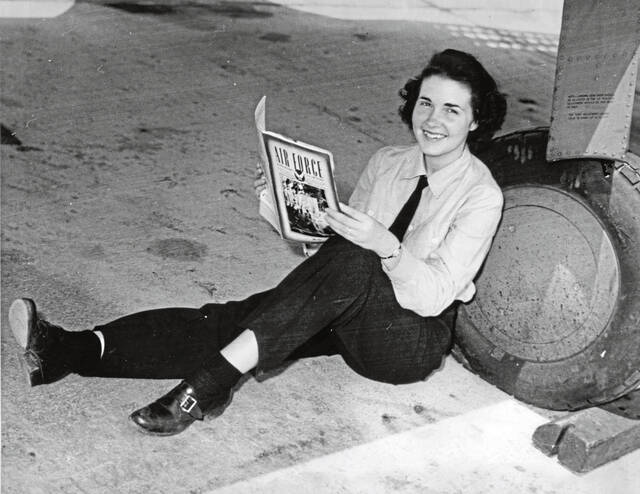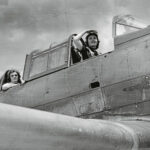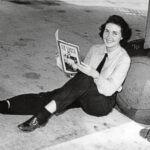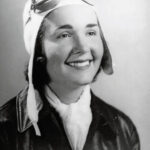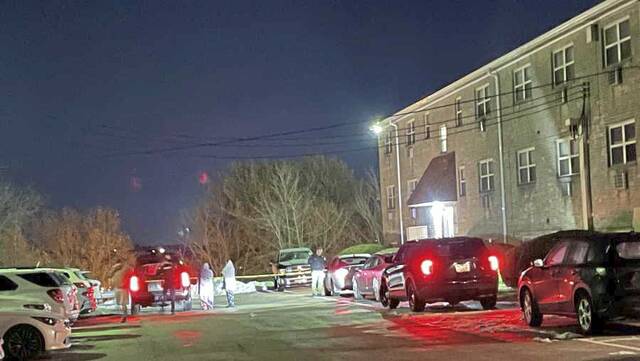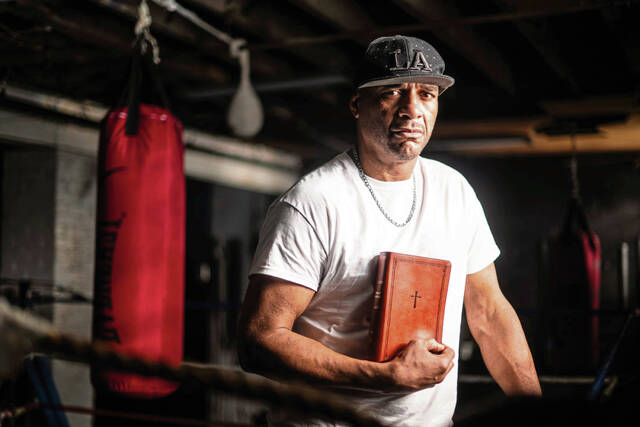Growing up, John Marsh did not fully grasp the significance of his mother’s role as a pilot serving in the military during World War II.
His mother, Marie Barrett Marsh, was one of about 1,800 women accepted into the Women Airforce Service Pilots program — created in 1942 to bolster the military’s supply of pilots during the war.
The program — also called WASP — drew about 25,000 applications. It trained women to fly planes in noncombat settings to allow more male pilots to serve in the war.
Marsh did not realize how rare it was to be selected for the program until he told his fourth grade teacher about his mother’s past.
“She said ‘Oh, OK, sure.’ You could tell she didn’t believe me,” said Marsh, 79, of Hempfield.
It wasn’t until his mother’s death that Marsh started to learn more about the program and volunteer with the National WASP and World War II Museum in Sweetwater, Texas.
“It was almost just like ‘We did what we had to. No big deal.’ (The pilots) were very humble, I always felt,” Marsh said. “I wish I could go back and talk to (my mom), just about some of these experiences.”
The women transported newly manufactured planes to stations across the country, tested aircraft and transported government officials to and from meetings at the Pentagon.
They flew nearly 80 types of planes regularly, according to the WASP Museum — including dive bomber, twin engine and cargo planes.
“They had to be good pilots to go from one plane to another they’ve never flown,” said Marsh, who flew as a private pilot for 56 years.
Marsh’s mother grew up in Youngstown, Ohio. She earned a teaching degree from Youngstown College in 1941, working as an educator before applying for WASP training in 1943. Scouring her flight log entries, Marsh noted she flew aircraft to Los Angeles, San Francisco, Phoenix, Seattle, Little Rock, Ark., and Waco, Texas.
Despite their significance in military history, WASP were not always recognized.
Government officials claimed the women admitted into military academies in 1972 were the inaugural class of female military pilots. President Jimmy Carter signed a bill recognizing WASP as veterans five years later.
WASP received a Congressional Gold Medal in 2010. President Barack Obama signed legislation six years later to allow WASPs to be buried at Arlington National Cemetery.
“They wanted to make this program successful, much like the Tuskegee Airmen,” Marsh said. “It was a new program back then. They weren’t sure women could fly or Black people could fly, and they sure proved that they could.”
WASP disbanded in 1944. Marie Barrett Marsh continued flying privately until she received cataract surgery at 58. She stayed in touch with her fellow female pilots until her death in April 1997 from lung cancer at 78.
“I was always impressed — the people in her class, the other WASPs, would call her. They were really friends. Here we are, 50 years later, and they’re still ‘Hey, how are you doing today?’ and just calling her.”



